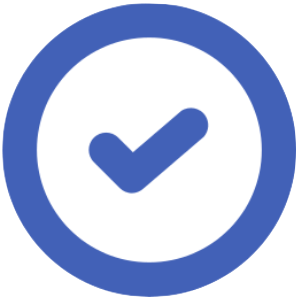 Lesson Description: ESL Vocabulary for Renting a Flat or House
Lesson Description: ESL Vocabulary for Renting a Flat or House
OVERVIEW & OBJECTIVES
This ESL vocabulary lesson on renting a flat or house offers engaging activities, PDF worksheets, and digital materials designed for intermediate B1-B2 students. In this lesson, students will:
- Discuss their housing needs and preferences, comparing them to a model example.
- Expand vocabulary related to renting, housing features, and rental agreements.
- Study rental property descriptions and match requirements with properties.
- Practice using target language vocabulary in dialogues and structured exercises.
- Engage in a creative role play or discussion exploring property rentals and negotiations.
WARM-UP ACTIVITY
Students begin this ESL lesson by exploring the example of Odile, who is searching for an apartment or flat to rent in her city. They discuss her requirements, such as pet-friendliness, affordable rent and deposit, parking, a short commute, and a safe neighborhood.
Next, students complete sentences by identifying the correct persons involved in rental experiences, such as owners, landlords, tenants, flatmates, and real estate agents.
They conclude this section by discussing their own living arrangements and questions they would ask a real estate agent or landlord, practicing speaking fluency while reflecting on local rental challenges.
TARGET LANGUAGE STUDY
Students read a set of housing requirements from different characters and match them with detailed property descriptions, considering factors like square meters, outdoor space, appliances, furnishings, neighborhood noise levels, lease types, and utility arrangements.
They analyze what features suit each tenant’s preferences and engage in comprehension and reasoning tasks.
This section encourages learners to recognize and use vocabulary related to property features, costs, agreements, and location, building a solid foundation for later production practice.
PRODUCTION PRACTICE
Students classify key vocabulary into the categories: Property Features & Amenities, Costs, Agreement, & Conditions, and Location & Area.
They then complete a dialogue between a real estate agent and a prospective tenant, filling in terms such as heating & air conditioning, square meters, appliances, agency fees, utilities, move-in date, notice period, minimum lease term, and security deposit.
This allows them to practice both comprehension and usage of target vocabulary in realistic, conversational contexts while consolidating understanding of rental terminology.
TENANT & REAL ESTATE AGENT: A RENTAL PROPERTY INQUIRY
Students first imagine they are the owner of their current home and complete a rental listing, including property features, costs, agreement terms, and location details.
They then take turns role-playing as either a real estate agent or a prospective tenant. The agent describes the property using target vocabulary, while the tenant asks questions and identifies which aspects suit their needs.
Roles are then switched to provide repeated practice.
Alternatively, students can engage in guided discussion prompts about their current home, housing preferences, neighborhood features, previous flat or house viewings, and positive or negative experiences with landlords, agencies, or maintenance, applying the vocabulary in meaningful contexts.
BENEFITS OF USING THIS ESL VOCABULARY LESSON: RENTING A FLAT OR HOUSE
Teachers can increase student engagement by using real-life housing scenarios that are meaningful and relevant.
Students expand essential vocabulary for rental situations, covering property features, agreements, costs, and location, helping them communicate more effectively.
The lesson develops critical thinking as students compare housing options, match tenant needs with properties, and discuss preferences.
Structured exercises and dialogues allow students to practice comprehension and spoken English in realistic, practical contexts.
Teachers can easily adapt the role play and discussion activities to different classroom sizes and skill levels, providing flexibility and variety in lesson delivery.
 Lesson Activities
Lesson Activities
Housing, Renting, Neighborhood, Lease, Tenant, Landlord
Property Features & Amenities, Costs, Terms & Conditions, Location & Area
Propery Inquiry Role Play, Quiz & Review, Lesson Reflection



 Like us on facebook
Like us on facebook
